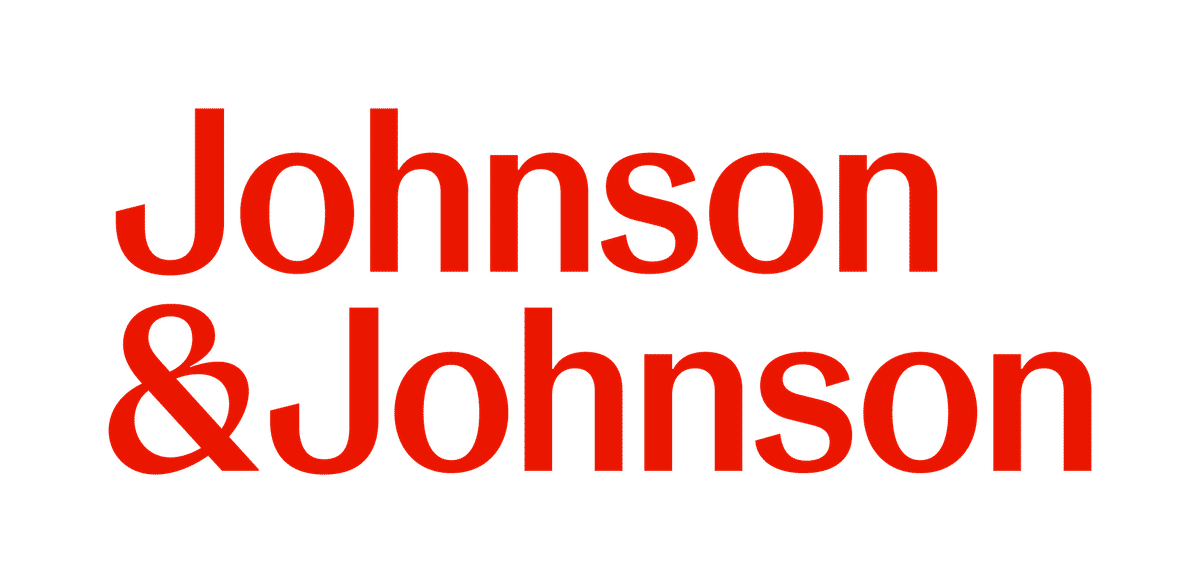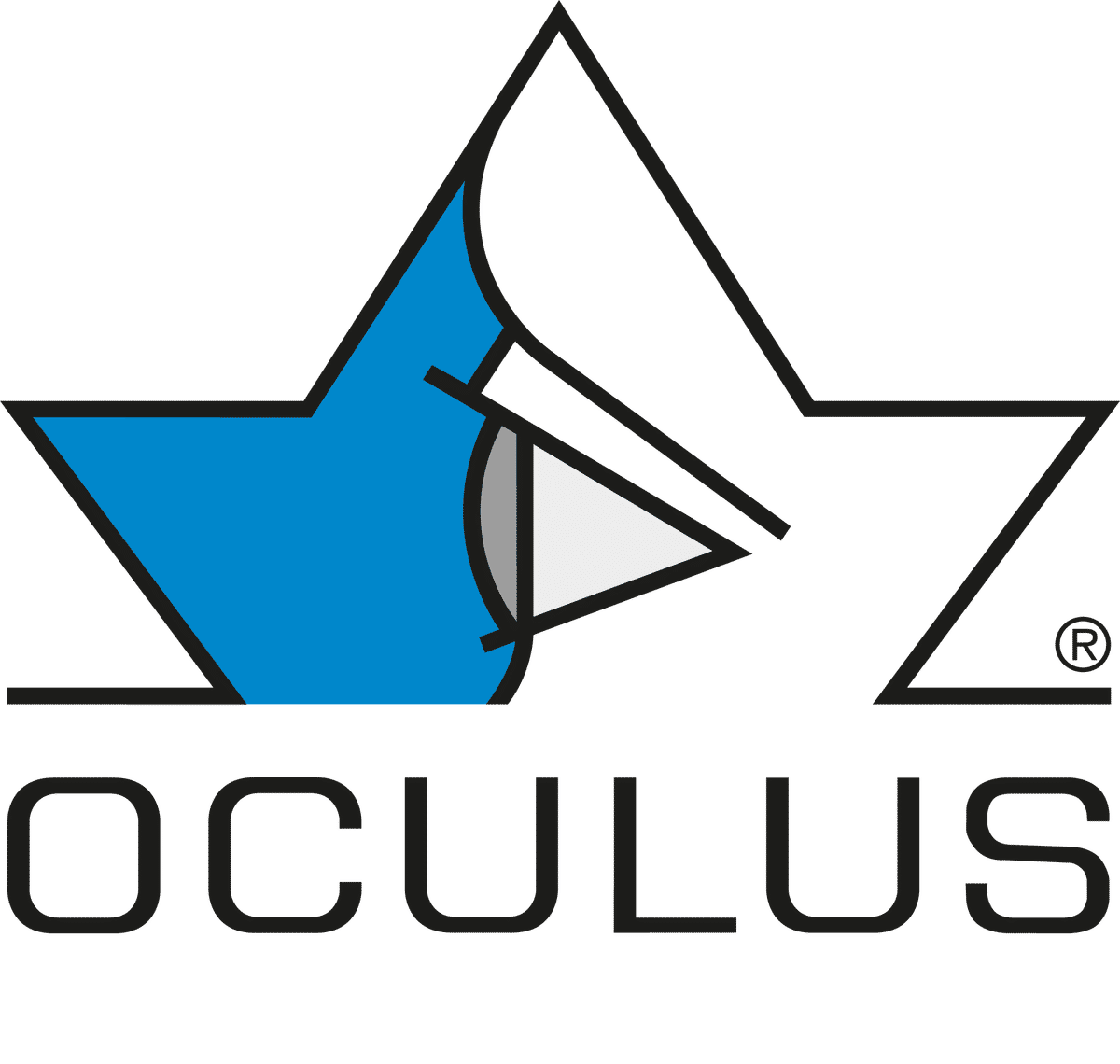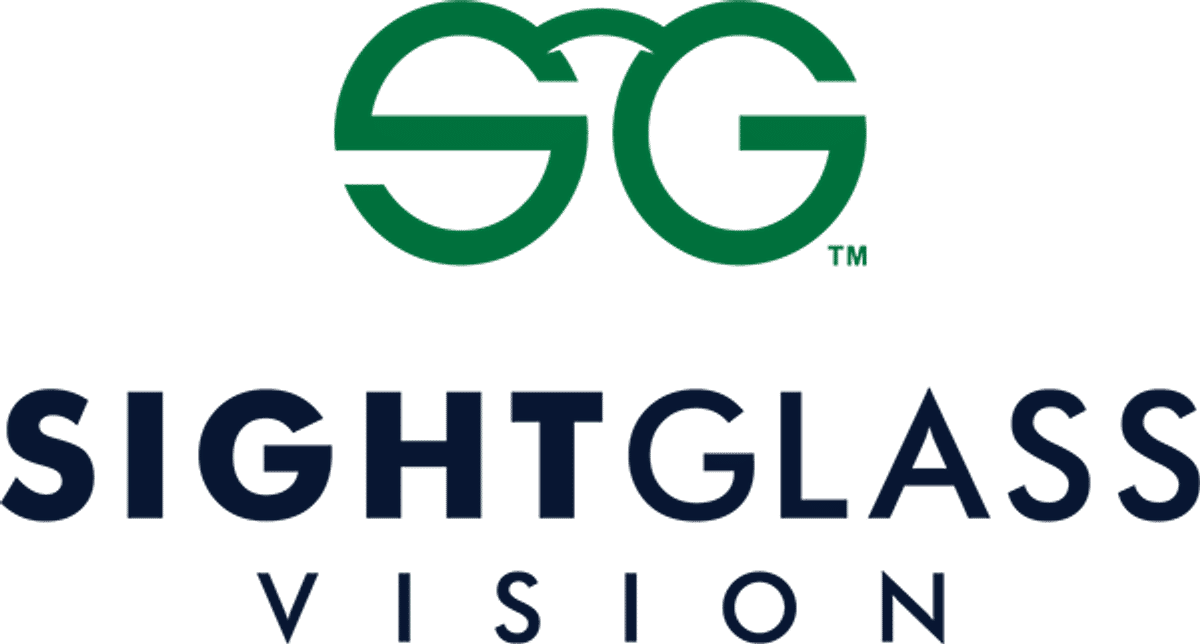Science
OK Lenses show superior myopia control for higher myopia

In this article:
This study found that both orthokeratology and defocus-incorporated multiple segment lenses significantly slowed axial elongation in myopic children compared to single-vision spectacles, (mean AL change over 1 year 0.20mm, 0.30mm and 0.38mm, respectively).
Orthokeratology proved to be the most effective overall, particularly in children with moderate to high myopia.
Paper title: Different Efficacy in Myopia Control: Comparison Between Orthokeratology and Defocus-Incorporated Multiple Segment Lenses
Authors: Lu W (1,2,3); Ji R (1,2,3); Jiang D (1,2,3); Shi L (1,2,3); Ding W (1,2,3); Tian Y (1,2,3); Zhao C (1,2,3); Leng L (1,2,3)
- Eye Institute of Shandong First Medical University, Qingdao Eye Hospital of Shandong First Medical University, China
- State Key Laboratory Cultivation Base, Shandong Provincial Key Laboratory of Ophthalmology, China; School of Ophthalmology, Shandong First Medical University, China
- School of Ophthalmology, Shandong First Medical University, China
Date: Published online January 13, 2024
Reference: Lu W, Ji R, Jiang D, Shi L, Ding W, Tian Y, Zhao C, Leng L. Different efficacy in myopia control: Comparison between orthokeratology and defocus-incorporated multiple segment lenses. Cont Lens Anterior Eye. 2024 Apr;47(2):102122.
Summary
Optical interventions such as orthokeratology (OK) and defocus-incorporated multiple segment (DIMS) lenses have been shown to reduce axial elongation in myopic children. However, few studies have directly compared their relative effectiveness.
This prospective one-year study aimed to compare the effectiveness of OK lenses and defocus-incorporated multiple segment DIMS lenses for slowing myopia progression in children, relative to single-vision spectacles (SVS), using axial length (AL) change as the primary outcome.
Children aged 7-14years (n = 496) with myopia of -0.50D to -5.00D wore either OK (n = 171), DIMS (n =165) or single vision spectacles (SVS, n = 160) for 1 year. They were further divided into sub-groups according to the degree of myopia: low (-0.50 to -1.50D), moderate (-1.50 D to -3.00D) and high (-3.00D to -5.00D).
The results were as follows:
- Both OK and DIMS lenses significantly reduced axial elongation across all refractive groups. Mean AL elongation was lowest in the OK group (0.20mm), followed by DIMS (0.30mm), and highest in SVS (0.38mm).
- For the low myopia group, OK and DIMS lenses performed similarly.
- In the moderate and high myopia groups, OK lenses were significantly more effective than both DIMS and SVS lenses in slowing AL elongation, with the greatest benefit seen in the high myopia group (OK = 0.11mm v DIMS = 0.25mm).
- In the high myopia subgroup, DIMS lenses did not significantly outperform SVS (DIMS = 0.25mm v SVS = 0.31mm change).
- Overall, AL change was negatively correlated with age and initial AL, and positively correlated with initial spherical equivalent (SE)
What does this mean for my practice?
This study supports the use of both OK and DIMS lenses for myopia control, with implications for treatment selection based on baseline refractive error. The findings demonstrated that either OK or DIMS lenses will provide similar axial length control for children with myopia up to -3.00D.
However, for children with myopia exceeding -3.00D, DIMS lenses may be less effective than OK. The authors hypothesised this is because the defocus imposed by OK is variable based on the subject’s refractive error, whereas the defocus imposed by DIMS is fixed (+3.50D). Hence, in the high myopia subgroup, the +3.50D defocus may be insufficient to provide comparable myopia control efficacy. This suggests that while OK and DIMS lenses are similarly effective options at lower degrees of myopia, OK lenses may deliver more consistent efficacy for myopia between -3.00D and -5.00D.
Age, baseline axial length, and initial refractive error were all associated with treatment outcomes, in this study. While this may not necessarily affect myopia treatment or selection, awareness of these baseline factors can help to gauge treatment outcomes and manage expectations.
Furthermore, the study also confirms that younger children are at greater risk of rapid progression, highlighting the importance of early intervention. Eyecare practitioners should be proactive in identifying progression risk factors and recommending evidence-based myopia control strategies, with ongoing monitoring of axial length to assess treatment efficacy.
What do we still need to learn?
While this study provides strong evidence for the use of OK and DIMS lenses in myopia control, there are limitations to the study.
Firstly, high myopia was classified as being between -3.00D and -5.00D, whereas the International Myopia Institute’s proposed definition of high myopia is of ≤-6.00D1 This limits our understanding of how the performance of both OK and DIMS compare for higher degrees of myopia, particularly for DIMS lenses where the treatment response appeared less robust.
Secondly, the follow-up period was limited to one year. Understanding how myopia control may be sustained over longer periods is particularly important in younger children who may require management over many years.
Due to the clinical setting of the study, the participants self-selected their treatment, which may introduce selection bias and the wearing times were not assessed. Additionally, peripheral retinal defocus was not directly measured in this study, leaving uncertainty about how well the assumed optical mechanisms were achieved across different refractive errors.
Further research using randomised study designs is needed to explore optimal patient selection, particularly for myopia of -5.00D and stronger, how wearing times influence efficacy and how treatment zone size in OK and spectacle myopia control lenses may influence the degree of peripheral defocus.
Abstract
Title: Different efficacy in myopia control: Comparison between orthokeratology and defocus-incorporated multiple segment lenses
Purpose: To compare the efficiency of orthokeratology (OK) and defocus-incorporated multiple segment (DIMS) lenses in myopia control in children.
Methods: This prospective study involved 540 subjects (7-14 years) categorized into three groups: DIMS lenses (180 cases), OK lenses (180 cases), or single-vision spectacles (SVS) (180 cases). After a one-year follow-up, changes in axial length (AL) and differences among the groups were analyzed. The subjects were further divided into a low myopia degree subgroup (LM, -1.50 D ≤ SE ≤ -0.50 D), a moderate myopia degree subgroup (MM, -3.00 D ≤ SE < -1.50 D), and a high myopia degree subgroup (HM, -5.00 D ≤ SE < -3.00 D). A one-way ANOVA and multiple linear regression analysis were used to compare AL elongation and the factors influencing the different groups.
Results: A total of 496 (92 %) subjects completed the study. The mean AL change in the OK lenses, DIMS lenses, and SVS were 0.20±0.18 mm, 0.30±0.22 mm, and 0.38±0.19 mm, respectively (P < 0.001). In the LM subgroup, the OK and DIMS groups showed similar AL changes, but both exhibited slower changes than the SVS group (P = 0.001). In the MM and HM subgroups, the OK lens performed the shortest AL elongation compared with the DIMS lenses and SVS (P < 0.001). Multiple regression analysis showed that the AL change was associated with age (β = -0.038 and P = 0.005), initial AL (β = -0.010 and P = 0.011), initial SE (β = 0.028 and P = 0.007), and interventions using OK lenses (β = -0.172 and P = 0.020) and DIMS lenses (β = -0.089 and P = 0.020).
Conclusions: Over a one-year treatment period, OK and DIMS lenses can significantly retard AL elongation compared with SVS. In addition, the OK lenses were more effective than the DIMS lenses in controlling AL in patients with higher degrees of myopia.
Meet the Authors:
About Ailsa Lane
Ailsa Lane is a contact lens optician based in Kent, England. She is currently completing her Advanced Diploma In Contact Lens Practice with Honours, which has ignited her interest and skills in understanding scientific research and finding its translations to clinical practice.
Read Ailsa's work in the SCIENCE domain of MyopiaProfile.com.
References
- IMI defining and classifying myopia: A proposed set of standards for clinical and Epidemiologic Studies - Myopia Institute (2024) Myopia Institute. Accessed 30 March 2025 [Link to article]
Enormous thanks to our visionary sponsors
Myopia Profile’s growth into a world leading platform has been made possible through the support of our visionary sponsors, who share our mission to improve children’s vision care worldwide. Click on their logos to learn about how these companies are innovating and developing resources with us to support you in managing your patients with myopia.










